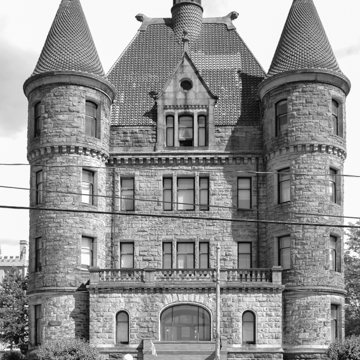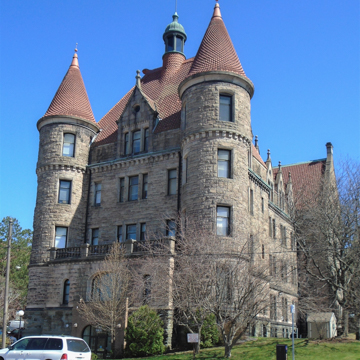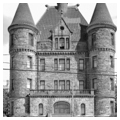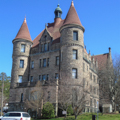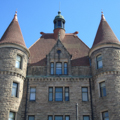You are here
Finch Towers (Hudson Coal Company, International Correspondence School)
French Chateauesque's origins in the Romanesque are evidenced in this building by Collins, who headed the architectural department of the International Correspondence Schools (ICS). It was designed to house ICS, a mail-order school founded in Shenandoah, Schuylkill County (and famous for its matchbook advertising), which prepared aspiring miners for their qualifying examinations. The building was later sold to the Hudson Coal Company and today it serves as housing for the elderly.
Writing Credits
If SAH Archipedia has been useful to you, please consider supporting it.
SAH Archipedia tells the story of the United States through its buildings, landscapes, and cities. This freely available resource empowers the public with authoritative knowledge that deepens their understanding and appreciation of the built environment. But the Society of Architectural Historians, which created SAH Archipedia with University of Virginia Press, needs your support to maintain the high-caliber research, writing, photography, cartography, editing, design, and programming that make SAH Archipedia a trusted online resource available to all who value the history of place, heritage tourism, and learning.


